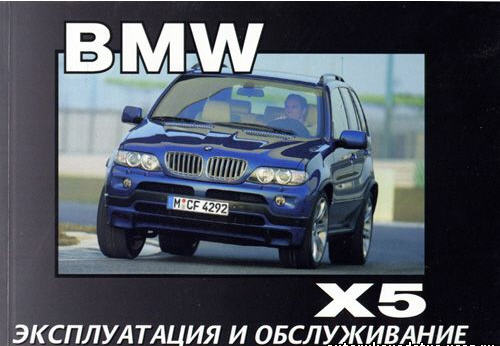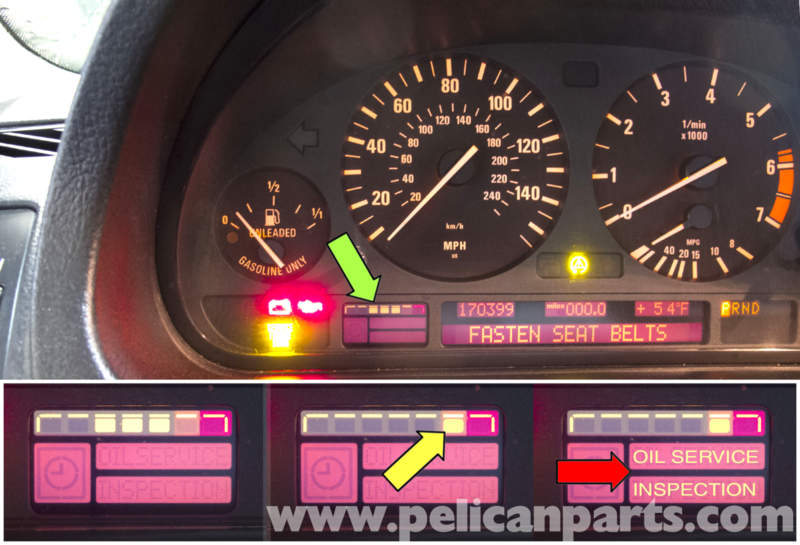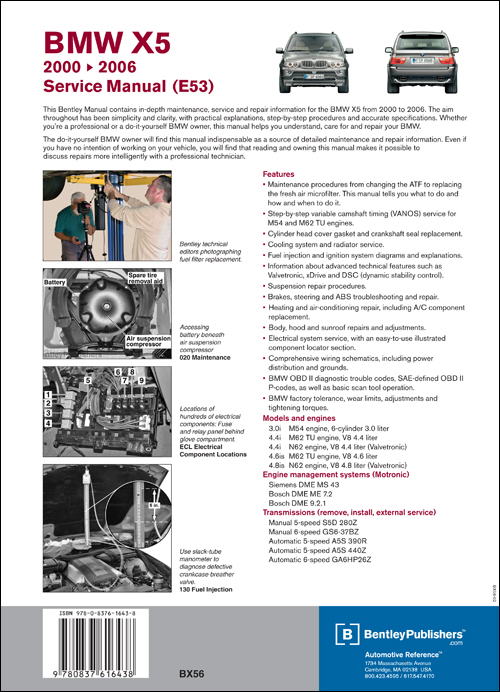BMW X5 Service Manual 2000-2006 (E53)
BMW X5 series (E53) Service and Repair Manual 2001 - 2006Get Other BMW Car Repair Manuals click hereThe BMW X5 (E53) repair manual: 2000-2006 contains in-depth maintenance, service and repair information for BMW X5 models from 2000 to 2006. The aim throughout has been simplicity and clarity, with practical explanations, step-by-step procedures and accurate specifications. Whether you're a professional or a do-it-yourself BMW owner, this manual helps you understand, care for and repair your BMW. The do-it-yourself BMW owner will find this manual indispensable as a source of detailed maintenance and repair information. Even if you have no intention of working on your car, you will find that reading and owning this manual makes it possible to discuss repairs more intelligently with a professional technician. Models and engines: 3.0i M54 engine, 6-cylinder 3.0 liter Engine management systems (Motronic): Siemens DME MS 43 Transmissions (remove, install, external service): Manual 5-speed S5D 280Z New durable hardcover format - This manual is now being published as a durable, long-lasting hardcover book designed to withstand frequent use in a professional shop or home garage. All of the content of the previous softcover edition is included. Technical features: Maintenance procedures from changing the ATF to replacing the fresh air microfilter. This manual tells you what to do and how and when to do it. |
The BMW E53 series is the basis for the 1999 through 2006 BMW X5 Sports exercise car (SAV). Manufacturing ceased September, 2006 and has been replaced by the BMW E70. The E53 had been developed at a occasion when BMW still purchased Land Rover and as such shares many designs and components with both the secure Rover Range Rover L322 model (particularly the Hill Descent System and Off Road Engine procedures system) and the BMW E39 5-series (specifically engines and electronic systems). The whole in-car entertainment system (Radio Function, Navigation System, Television and Telecommunications systems) are shared with other L322 and BMWs. As a result the X5 model earlier models and L322 can be easily upgraded with the newest BMW technologies. there is a limited model with code name "1150", 1000 cars for USA and 150 cars for Germany the difference was in performance with 281 hp in 3000L models
The history of the X5 begins in 1994, after tips started on a BMW sports utility vehicle after the acquisition of Land Rover. In mid-1996 Chris Bangle initiated a project called "Deep Blue". In August 1996, he sent a group of 12 designers to California, Malibu to gather research and brainstorm. At a November 16, 1996 meeting in Germany, 3 months of design work had been presented in return and hidden from Bangle in an effort to safeguard E53 engineers, whom had not produced any results for the project. By February 1997 design work was completed and the design basis for the X5 (E53) was signed off for production. Design patents were filed on June 10, 1998 and December 9, 1998, being registered in the U.S. on January 18, 2000.
The takeover of Rover proved to be really beneficial for BMW in the programming of the X5. BMW engineers were able to look at and utilize Range Rover technologies and parts in the development of the X5 - one such example would be hill-descent control. In many respects, the design of the X5 was impacted by the British counterpart; for example, the X5 got the two-piece tailgate directly from the Range Rover. Many electronics and parts had been additionally taken directly from the E39 5 Series parts bin to save costs.
In contrast to the Range Rover models, the X5 had been designed as a sporting means vehicle: its off-means capabilities are significantly less than those of Land Rover. BMW reportedly worked hard to ensure it was referred to as an SAV (Sports Activity Vehicle) alternatively of an SUV (Sports Utility car).
Even though the X5 was an all-wheel thrust car, BMW chose from the start to route 62% of the engine's torque to the rear wheels, making it become as close as possible to the company's back-wheel thrust sedans.
BMW X5 series (E53) Service and Repair Manual 2001 - 2006 2002 2003 2004 2005

 0 Items (Empty)
0 Items (Empty)





 >
>